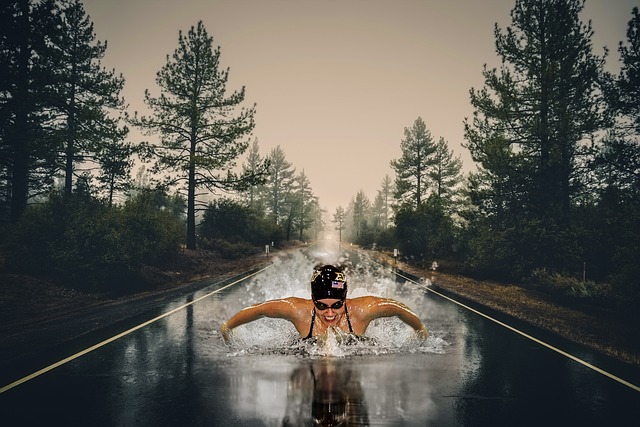In a world where visual experiences dominate our daily lives, the significance of image manipulation in display technology cannot be overstated. Over the past few decades, televisions and monitors have evolved remarkably, transforming the way we perceive and enjoy content. The phrase “resolution revolution” is apt when we delve into the intricate world of image manipulation techniques that have become the cornerstone of modern display technology.
Television screens today come alive with vivid colors and unparalleled clarity, thanks in large part to sophisticated image manipulation algorithms. From the first cathode ray tubes to sleek OLED screens, advancements in resolution have ensured that viewers immerse themselves fully in their favorite films, games, and shows. But what truly highlights this journey is not just the size of the screen or the pixel count, but how these image manipulation techniques enhance our viewing pleasure.
For instance, upscaling algorithms utilize artificial intelligence to meticulously improve image quality. When you watch an old classic on a contemporary 4K monitor, the transformation can be astounding. Image manipulation techniques analyze the original pixel structure, filling in gaps and adjusting colors to create a more vibrant viewing experience. This artistic touch allows users to appreciate the original work while enjoying the nuances of modern technology.
Moreover, display technology isn’t solely about enhancing existing images. It’s about creating visuals that resonate with our emotions. Dynamic range adjustments, color grading, and motion smoothing are examples of how image manipulation is employed to amplify our feelings during significant moments in films or shows. Shine a light on a gripping scene, and the colors saturate; soften a melancholic moment, and the brightness diminishes. These manipulations, while technical, evoke real emotional responses in viewers, bridging the gap between technology and human experience.
Furthermore, as we navigate through the technological landscape, the rise of virtual and augmented reality adds another layer to the imagery we consume. With these platforms, image manipulation techniques are taken to new heights. Creating lifelike environments demands a level of precision that can immerse users in ways traditional displays cannot replicate. Monitors designed for VR need to manipulate images in real time to ensure smooth visuals without lag, further blurring the lines between reality and the virtual world.
As we continue to explore advancements in display technology, it’s essential to recognize the underlying artistry behind image manipulation. These techniques are not merely functional; they are integral to crafting stories and experiences that resonate deeply within us. From enhancing our favorite TV moments to immersing us in stellar cinematic adventures, the world of image manipulation teachers us about the power of technology when paired with creativity.
Looking forward, the quest for clearer, more vibrant displays will persist. Innovations in 8K resolution and beyond promise even more sophisticated image manipulation techniques that will push our visual limits. What is certain is that the journey of resolution revolution is intertwined with our lifestyles and desires for richer, more vivid storytelling through visual art.




